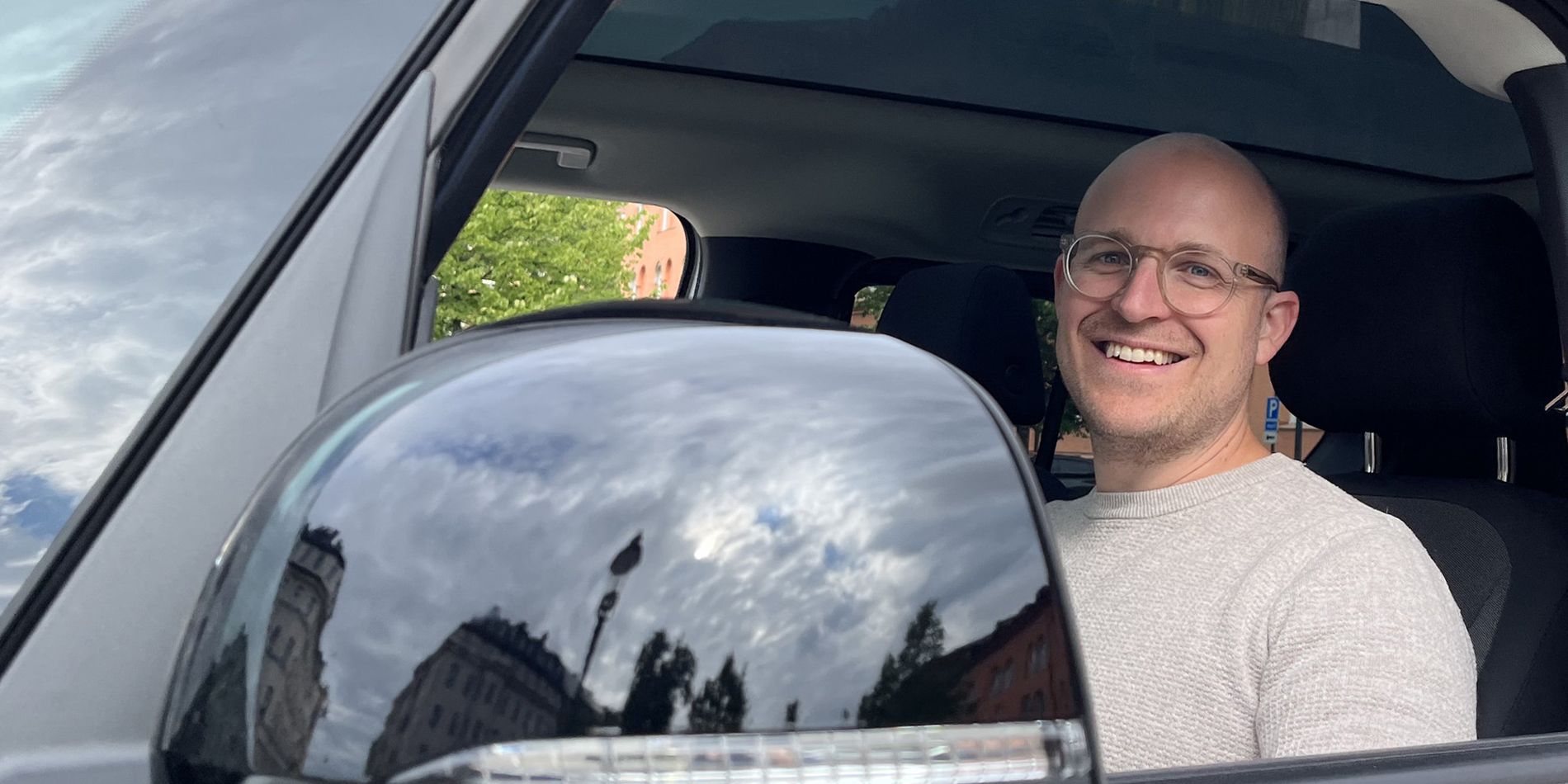
Comparative Study of Traditional and Digital Mirrors
Digital mirrors offer unbeatable advantages: improved aerodynamics, rain-resistant visibility and superior low-light performance. But drivers crave the intuitiveness of traditional mirrors, which is slowing adoption of camera monitoring systems (CMS).
Neonode's Augmented Digital Mirror concept aims to improve the usability and familiarity of digital mirrors. It uses an interior camera to track the driver's head position to dynamically pan the image feed to mimic natural reflection.
Our latest scientific study deep dives into the driver experience, where we compare traditional reflective mirrors, static digital systems and our innovative augmented digital mirrors. Conducted in real-world parking scenarios, this research reveals how augmentation can bridge the gap between familiarity and safer driving.
Key Insights From The Study
We put experienced drivers to the test in a challenging reverse-parking simulation using a Volkswagen ID.Buzz EV. Here are some insights that we uncovered:
Traditional mirrors remain the comfort zone
Preferred by 75% of participants for reliability and spatial awareness.
Augmented beats static
Among digital options, our augmented system won hands-down. It was rated more intuitive (adapting the view to the drivers line of sight), provided better spatial perception for precise navigation and earned stronger user acceptance overall.
Performance under pressure
Completion times were similar across all mirrors, but the augmented mirrors had higher accuracy compared to static, proving its edge in detail visibility.
Whether you're an OEM exploring next-generation features, or a manufacturer of CMS and are looking for the competitive edge, Neonode's sensing expertise can help.